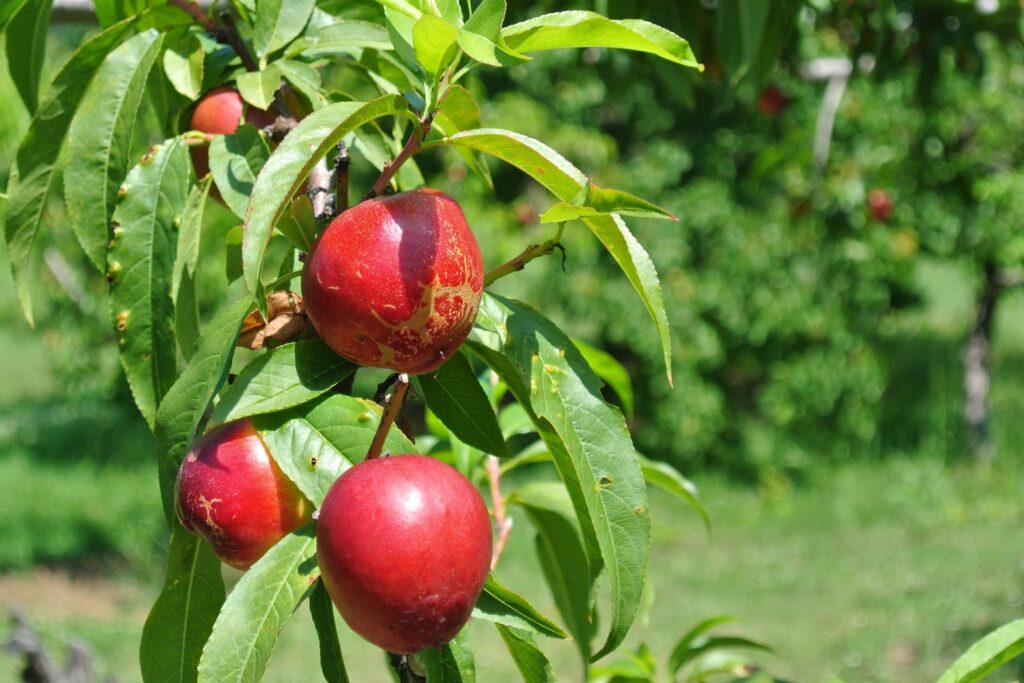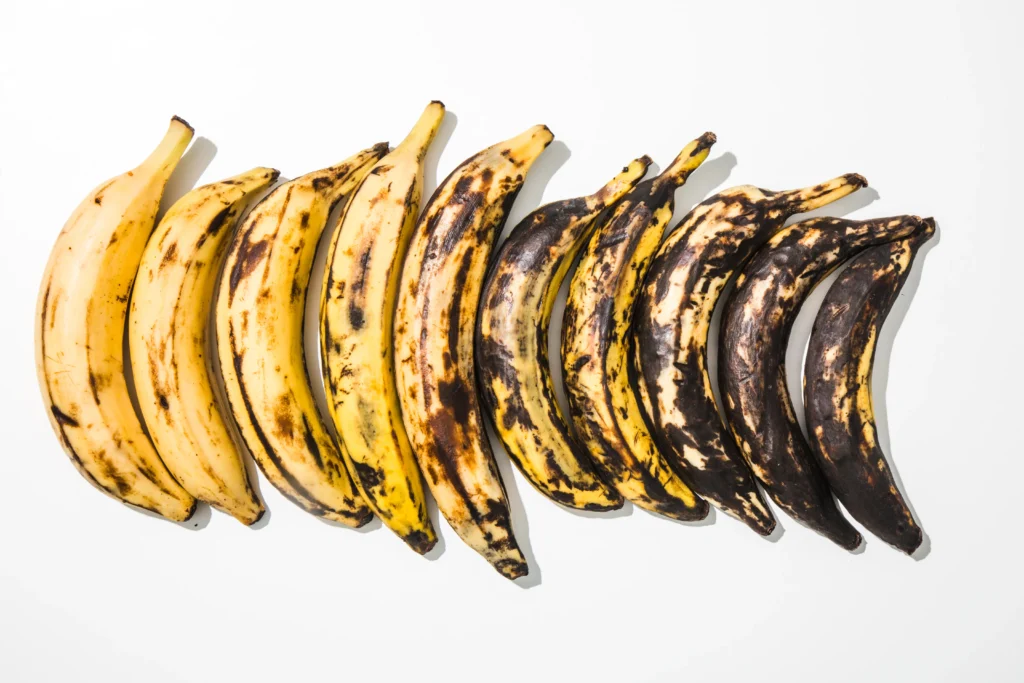Coconuts are loved across the world, especially in tropical places. People have eaten them for a long, long time because they’re good for your health. But when you see the brown and green ones at the store, do you know which one to buy? They’re not the same.
Even though brown and green coconuts might look like they’re pretty much the same on the outside, they’re actually different in lots of ways. They taste different, they’ve got different good stuff for your body, and people use them in different ways. We’re going to tell you all about these differences so you can pick the best coconut when you’re making something tasty or just having a snack.
Picking the right coconut is important because they’re not all the same. Brown ones and green ones are different in what they give your body, how they taste, and how you can use them.
People often cook or bake with brown coconuts, but green coconuts are usually just eaten fresh or drank as juice. Each type of coconut gives your body different things that are good for you.
Knowing these differences will help you choose the best coconut for whatever you’re making in the kitchen. Getting this right will make your food taste even better!
Table of Contents
- Let’s Talk About Brown Coconuts
- Now, About Green Coconuts
- Spotting the Differences Between Brown and Green Coconuts
- 1. What They Look Like:
- 2. What Good Stuff They Have for Your Body:
- 3. How They Taste:
- 4. What You Can Do With Them:
- Which Coconut Should You Choose for Your Health?
- Choosing the Best Coconut: A Guide
- 1. Purpose: Why Do You Need the Coconut?
- 2. Look at the Coconut
- 3. Do the Shake Test
- 4. Smell the Coconut
- 5. When to Buy Coconuts
- Frequently Asked Questions
- What’s the difference between brown and green coconuts nutrition-wise?
- Can I bake with green coconuts?
- How can I tell if a coconut is fresh?
- Which has more water, green or brown coconuts?
- Can I keep coconuts in the fridge?
- What’s the best way to open a coconut?
- Is it okay to eat the white part inside a green coconut?
- How do I know if a coconut’s gone bad?
- Can you make oil from both green and brown coconots?
- What’s the difference between green and brown coconut water?
- Is it safe to eat green coconuts?
- Can I drink brown coconut water?
- Wrapping Up
Let’s Talk About Brown Coconuts
Brown coconots are the ones that stay on the tree until they’re all grown up. They have a tough outside that’s hairy and brown; that part is actually the coconut’s old husk. Inside a brown coconut, there’s thick, white stuff called meat or kernel, and some clear juice that we call coconut water.
These coconuts are often used in different recipes because they have a light, nutty taste that’s a bit sweet too. They’re not just tasty, though—they have lots of fiber and a mineral called manganese. Plus, they’ve got an okay amount of potassium and iron. When you add them to food or desserts, they make everything more healthy and yummy.
Now, About Green Coconuts
Green coconuts get picked before they’re fully grown. They have a smooth, green shell and are usually smaller than the brown ones. Inside, there’s sweet juice known as coconut water, and a thin, soft meat that you can scoop out with a spoon.
Most people love green coconuts for the juice, which isn’t just tasty—it’s great for keeping you hydrated. Even though it doesn’t have many calories, it’s got a lot of potassium and some sodium too. And if you eat the soft meat, you’re getting a nice dose of vitamin C in a snack that’s sweet and yummy.
Spotting the Differences Between Brown and Green Coconuts
There are easy ways to tell brown and green coconots apart. They look different, they’re good for your body in different ways, they have their own special flavors, and people use them for different things.
Here’s a table to show you the main things that set brown and green coconuts apart.
| Brown Coconut | Green Coconut | |
|---|---|---|
| Shell Color | Brown | Green |
| Good Stuff for Body | Lots of fiber, manganese, good amount of potassium and iron | Not many calories, lots of potassium and sodium, okay amount of vitamin C |
| Flavor | Lightly sweet and nutty | Gently sweet and fresh |
| How to Use | Cooking and baking, making coconut milk and cream | Drinking as coconut water, eating the meat as a snack |
| Meat Looks Like | Thick white meat | Thin,squishy, jelly-like meat |
| Where to Find | Most stores have them | Harder to find, mainly in places with lots of sun and beaches |
| How Old When Picked | All grown up | Still a kid – not fully grown yet |
1. What They Look Like:
Brown coconuts are all rough and hairy on the outside, but green coconuts have a green and smooth shell.
2. What Good Stuff They Have for Your Body:
Brown coconuts give you more fiber and manganese, and they have a good helping of potassium and iron. Green coconuts are better if you’re counting calories and they’ve also got plenty of potassium and sodium, with some vitamin C too.
3. How They Taste:
The brown ones are a bit sweet and taste like nuts, but the green ones are more about being fruity fresh and a little sweet too.
4. What You Can Do With Them:
You’ll see brown coconuts in lots of recipes and baked goods, while green coconuts are mainly for drinking the water inside. You can also make milk and cream from brown coconuts to put in things like soups and sweets. And you can eat the green coconut’s soft meat by scooping it or cutting it up.
Because brown and greenn coconuts have their own unique tastes and health benefits, they’re perfect for different kinds of yummy dishes.
Which Coconut Should You Choose for Your Health?
Which coconut is best for your health really depends on what your body needs and what you want to do with it. Brown and green coconuts have different things that are good for you, and each one might be better for certain kinds of health stuff.
Brown coconuts have a lot of fiber and manganese. Fiber is great for your stomach, and manganese makes your bones strong. They’ve also got potassium and iron, which do all sorts of good things inside your body. Plus, the fats in them give you energy and make you feel full. So, if you like cooking or want more fiber, these are the ones to pick.
Green coconuts don’t have as many calories and they’re full of potassium and sodium to help keep your blood pressure okay and make sure you stay hydrated. They can also boost your immune system because they’ve got vitamin C. If you want a tasty drink that’s not got many calories or just a nice, healthy snack, go for the green ones.
Both brown and green coconuts are pretty amazing for you, so just choose the one that fits what you need and like!
Choosing the Best Coconut: A Guide
Are you looking to pick the best coconut? Whether you’re using it for cooking, drinking, or eating, follow these steps to find the ideal one:
1. Purpose: Why Do You Need the Coconut?
If your recipe calls for coconut, a mature brown coconut with a tough shell is what you need. On the other hand, if you’re after coconut water or tender coconut meat, a young green coconut with a smooth green shell is the one to look for.
2. Look at the Coconut
When picking a coconut, you want one that looks clean and doesn’t have any spots or damage. It should feel like it has lots of water inside for its size. The three “eyes” or holes on the coconut need to be damp and not have any funny colors.
3. Do the Shake Test
Shake the coconut by your ear. A good coconut will slosh around, telling you it’s got plenty of water inside, which means it’s fresh.
4. Smell the Coconut
A fresh coconut will smell slightly sweet and a bit nutty. If it doesn’t smell right or smells bad, like it’s sour or off, it’s best to leave it.
5. When to Buy Coconuts
Coconuts are usually easy to find in hot places all through the year. If you’re not in the tropics, your local supermarket or a special food store might have them, especially if they get them from somewhere else.
In a nutshell, picking the right coconut is all about what you need it for, making sure it looks good, checking it’s fresh, and knowing when you can get them. Brown or green, getting a quality coconut will make sure it tastes great and is good for you.
Just remember these tips, and hunting down the right coconut is a breeze. Then, you can enjoy the tasty and healthy treat that coconuts are!
Frequently Asked Questions
What’s the difference between brown and green coconuts nutrition-wise?
Brown coconuts have more fiber and manganese but green coconuts are lower in calories, and have more potassium and sodium. Brown ones also have healthy fats, while green ones have lots of vitamin C.
Can I bake with green coconuts?
Green coconuts aren’t typically used in cooking or baking because their meat is too soft and watery. Brown coconuts are the better choice for that.
How can I tell if a coconut is fresh?
A fresh coconut is heavy for its size, doesn’t have any cracks or mold, and the eyes or pores should be moist. You can hear the water inside when you shake it.
Which has more water, green or brown coconuts?
Green coconuts have more water than brown ones.
Can I keep coconuts in the fridge?
Yes, coconuts can be stored in the fridge to keep them fresh longer. But it’s best to eat them a few days after buying for the best taste.
What’s the best way to open a coconut?
You can open a coconut with a machete or a coconut opener. Put it on a flat surface, and carefully hit the middle with the tool. When it cracks, pry it open and scoop out the meat with a spoon or a tool for coconuts.
Is it okay to eat the white part inside a green coconut?
Yes, the white meat inside a green coconut is edible and used in different recipes.
How do I know if a coconut’s gone bad?
A coconut that’s not good anymore might smell sour, have mold, or discolored shell. The water inside could look cloudy or taste strange.
Can you make oil from both green and brown coconots?
Yes, you can get coconut oil from both types, but the taste and smell of the oil might be a little different.
What’s the difference between green and brown coconut water?
Green coconut water is often thought to be healthier because it has more potassium and sodium, and it’s a bit sweeter and lighter. Brown coconut water tastes stronger, and some people might like it more.
Is it safe to eat green coconuts?
You can eat the soft meat of green coconuts. It’s used in some traditional dishes and good raw or cooked.
Can I drink brown coconut water?
Brown coconut water is fine to drink and people around the world enjoy it. It can also be used in recipes. But, make sure the coconut is fresh and not spoiled before drinking the water.
Wrapping Up
When you’re buying and using coconuts, knowing the difference between brown and green ones is very helpful. Mature brown coconuts have a thick, hard brown shell and come with plenty of fiber and manganese. On the other hand, younger green coconuts are encased in a green shell and have fewer calories, but more potassium and sodium.
The best coconut to pick depends on what you’re looking for. If you need to cook or bake, brown coconuts are ideal. If you want some refreshing coconut water or tender coconut meat, go for green coconuts. Both types are full of nutrients and can be used in lots of different recipes.
Adding coconuts to your meals is not only tasty but also comes with health benefits, and it really doesn’t matter if you prefer brown or green coconuts. Just remember to always pick ones that look and smell fresh, with no mold or weird spots, to enjoy coconuts at their best.
“`
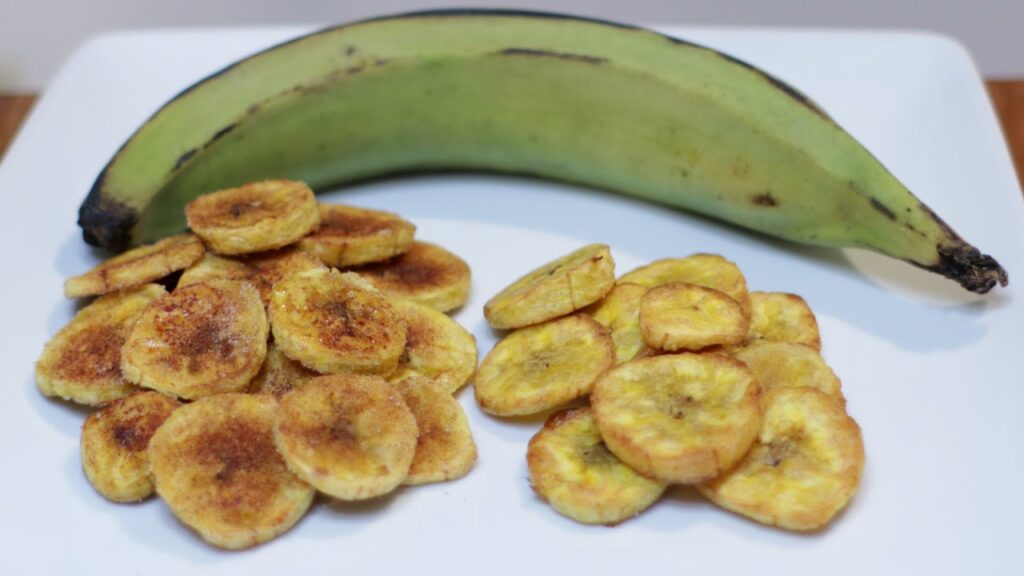

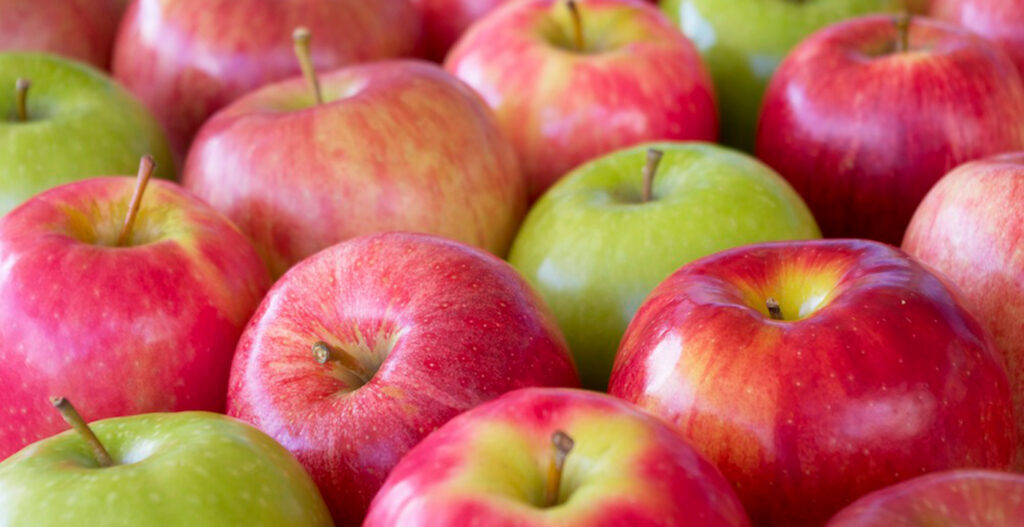
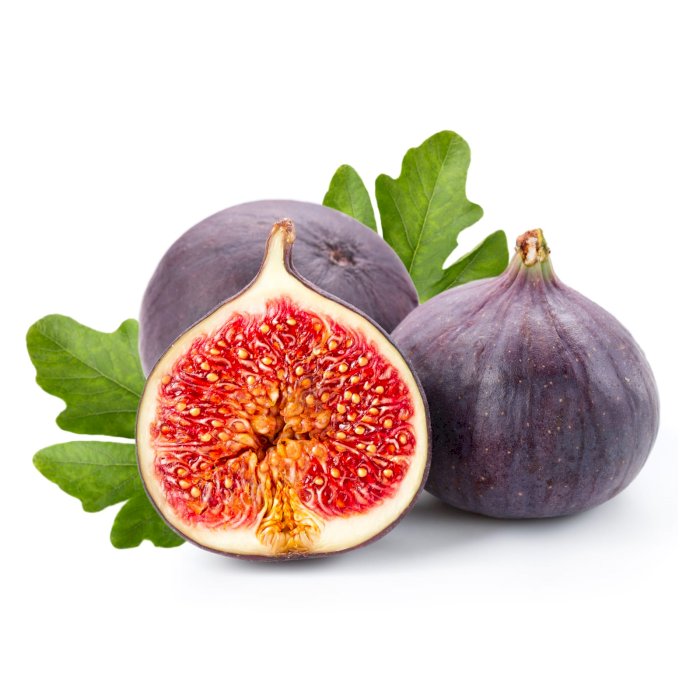

![What Is the National Fruit of Malaysia And Why? [ANSWERED]](https://fruitonix.com/wp-content/uploads/2023/04/What-Is-the-National-Fruit-of-Malaysia-And-Why.jpg)
